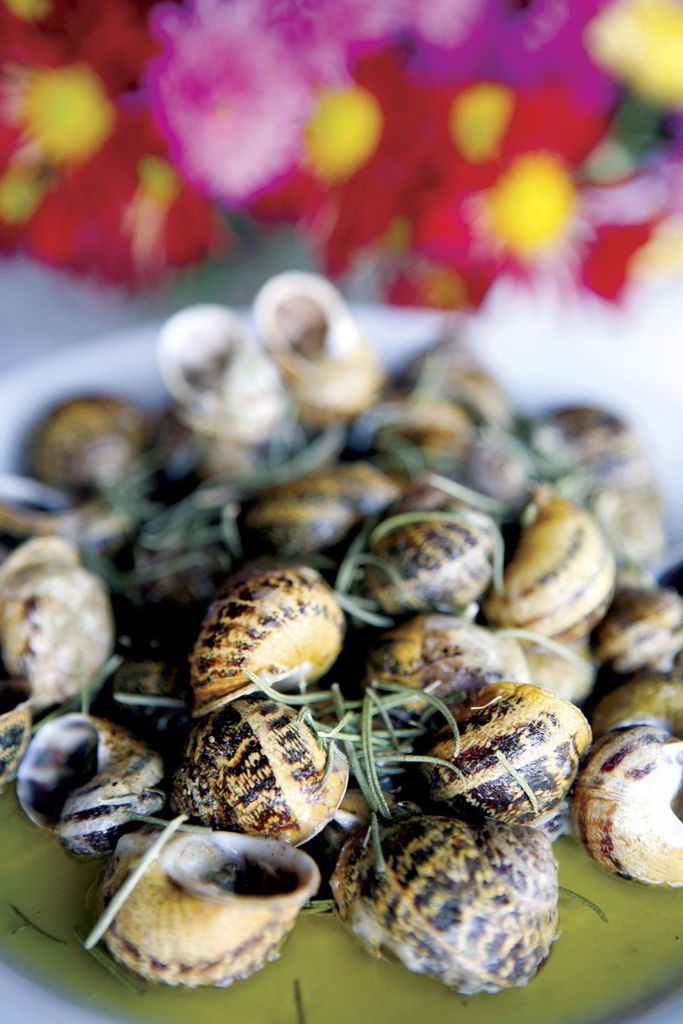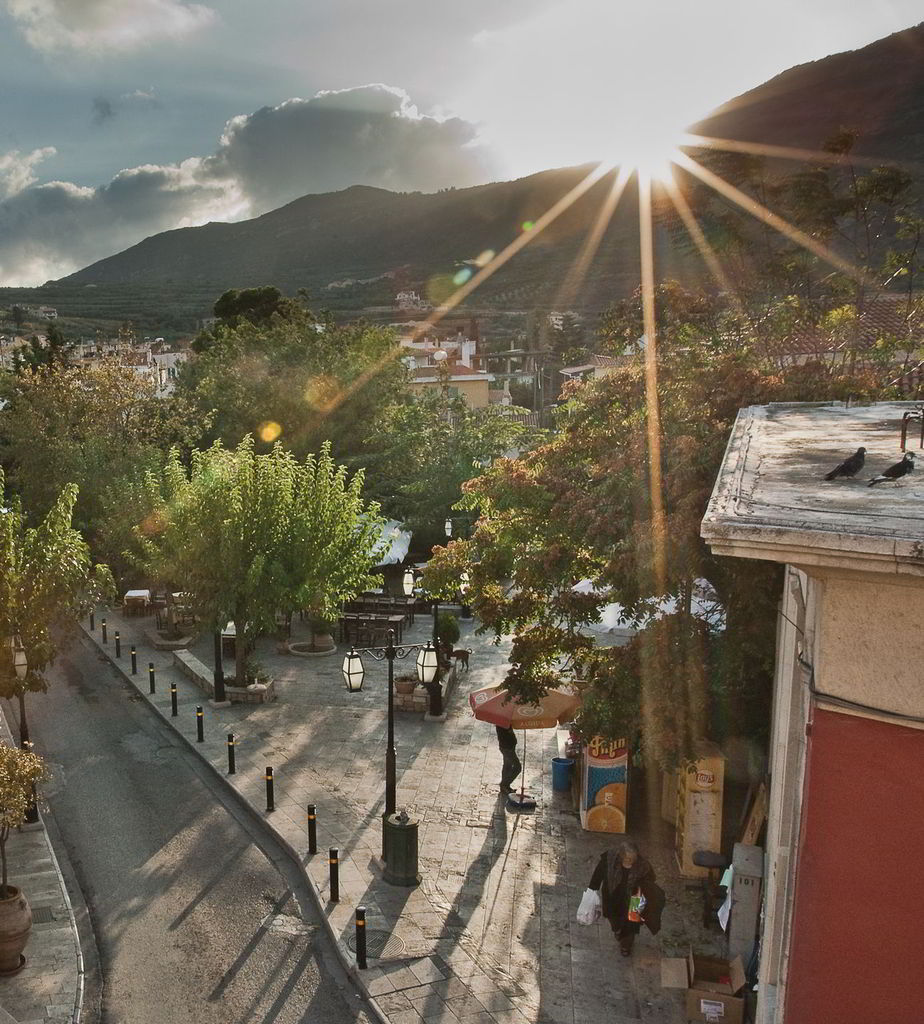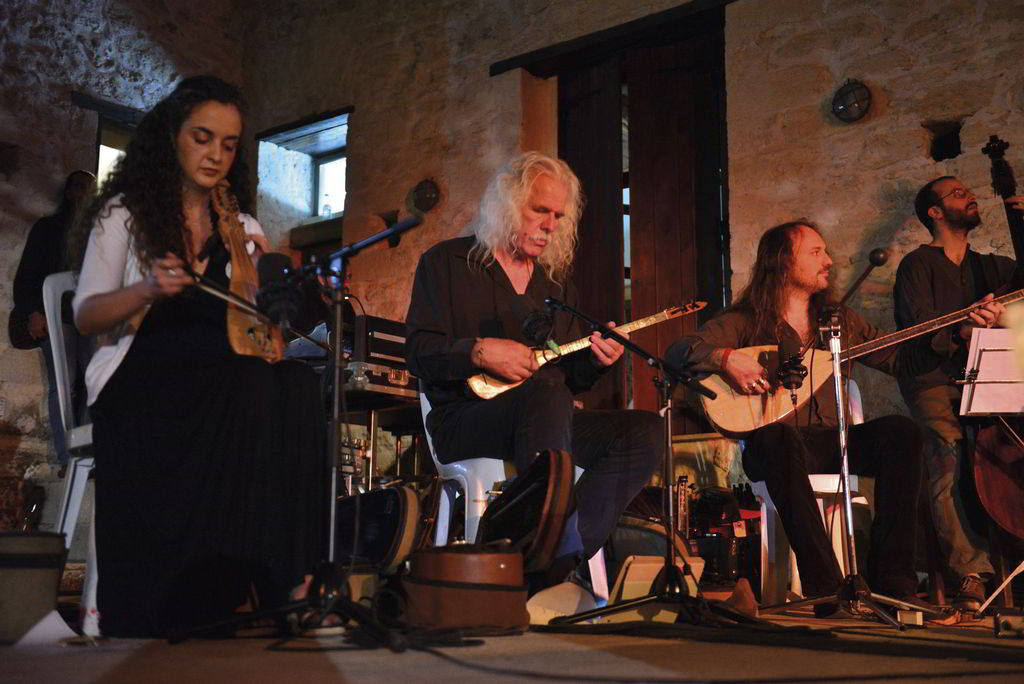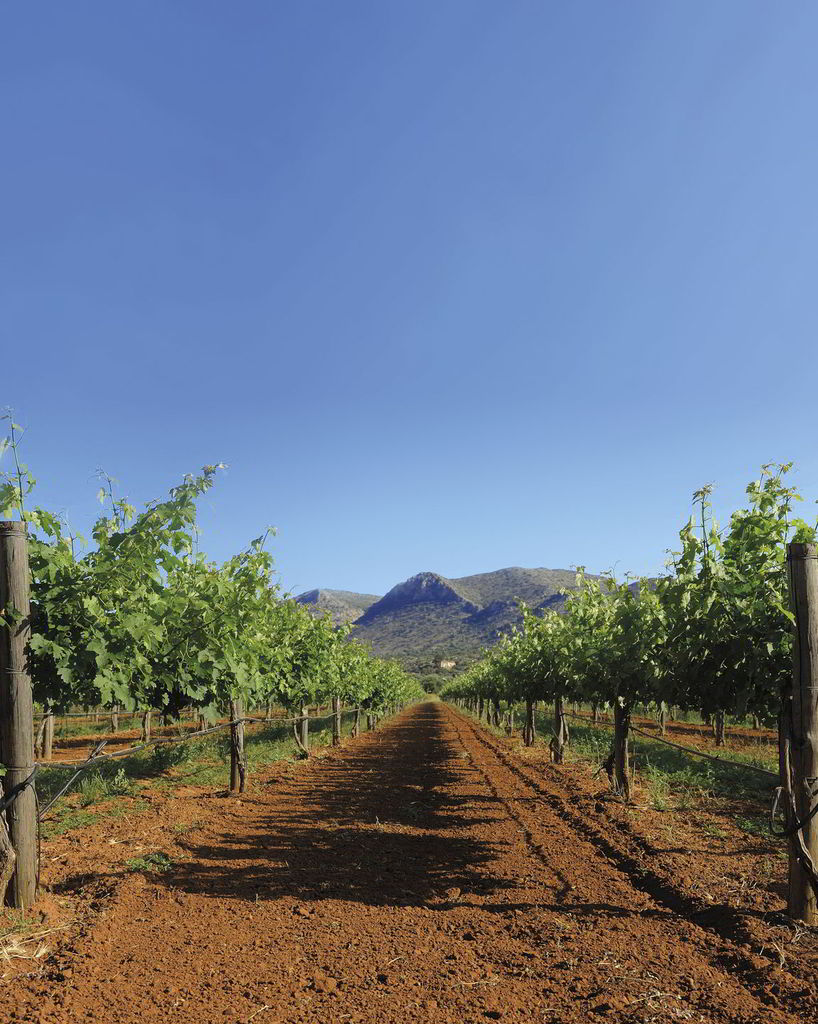Starting from the city of Heráklion, head south to meet, on top of the Kefála hill, ancient Knossós, the largest and most brilliant centre of the Minoan civilisation, which should undoubtedly be the first stop for every visitor of the island.
After completing your tour of Knossós, head to the picturesque hamlet of Archánes, built at the foot of mount Yúchta, sporting traditional architecture and having been awarded a European Prize for its restoration works.
Walk the picturesque and labyrinthine alleyways; admire the remarkably well-preserved neoclassical buildings; visit the Archánes archaeological site, the Folklore Museum, the Museum of Cretan History and Tradition; the sculptor’s workshop, the restored olive oil production factory, as well as the Church of the Virgin of Archánes, where you may admire on display religious icons and invaluable church vessels.
You may acquaint yourselves with the local cuisine by visiting one of the many traditional tavernas, while a stop at the women’s cooperative offers itself for tasting and purchasing traditional delicacies, spoon sweets (conserves), jams, rusks, etc.
The route continues south and, at a distance of 5km from Archánes, you will come across the settlement of Vathýpetro and make a stop at the Minoan Mansion, where a wine press was discovered, alongside an olive press installation and pottery workshops.
Continuing your course to the south-east on the Knossós - Chárakas provincial road, you come up to Choudétsi.
Near the village, you may visit the local winery and tavernas serving local culinary delights.
You should really make a stop at the very well-known and prolific “Labyrinth” Music Workshop that performs and promotes music from all over the world.
Moving just outside the settlement and crossing a verdant, 500m-long path, you discover, hidden in one of the sides of the Spiliótissa ravine, the monastery by the same name.
Your next stop is the Kalloní settlement, which is the base of the Union of Agricultural Cooperatives of Pezá that produces exquisite quality olive oil and wine (PDO).
There is also a museum that shows short films promoting the process of olive oil and wine production.
Leaving Pezá, moving to the south and through the village of Melésses, you reach Alágni for a stop at yet another winery.
Your journey continues uphill to Melésses and Ágies Paraskiés until you reach Myrtiá, where everything bears testimony to the presence of the great Cretan littérateur Nikos Kazantzákis.
You should definitely visit the Nikos Kazantzákis Museum, which is one of the very few literary museums in Greece.
The village sports a traditional product workshop and we suggest that you have lunch here, as you will find many tavernas that offer well-prepared Cretan delicacies.
You should try boubouristi chochlii (snails local recipe), the famous koukouvágia or dákos, the world renowned boiled Cretan gamopílafo, stamnagáthi, chortópita, dolmádes and, for dessert, fried myzíthra cheese pies with honey, accompanied by cool rakí.
Completing your tour, you pass through one of the most traditional Cretan vineyards, and reach the village of Skaláni in order to visit yet another winery, while food lovers are presented with a variety of local traditional tavernas and gourmet restaurants to choose from, for a gastronomical journey across Crete, enjoying unique tastes and combining tasty, aromatic wines produced in the surrounding areas.
The route comes to an end back in the city of Heráklion, where you must make some time to visit its numerous cultural treasures...



